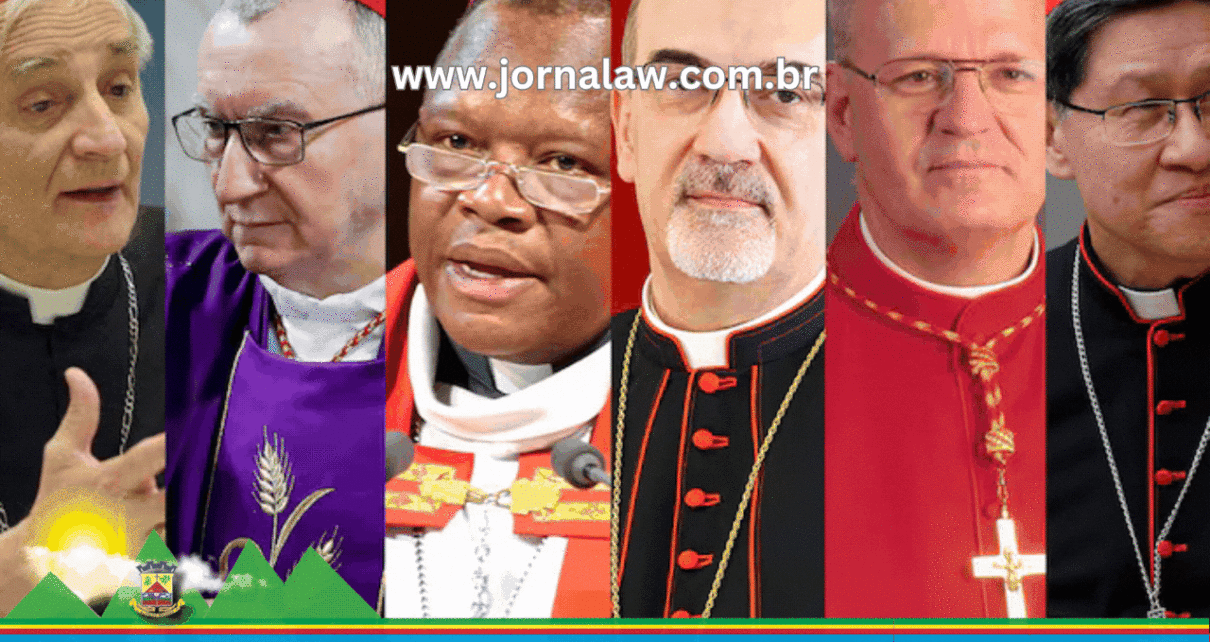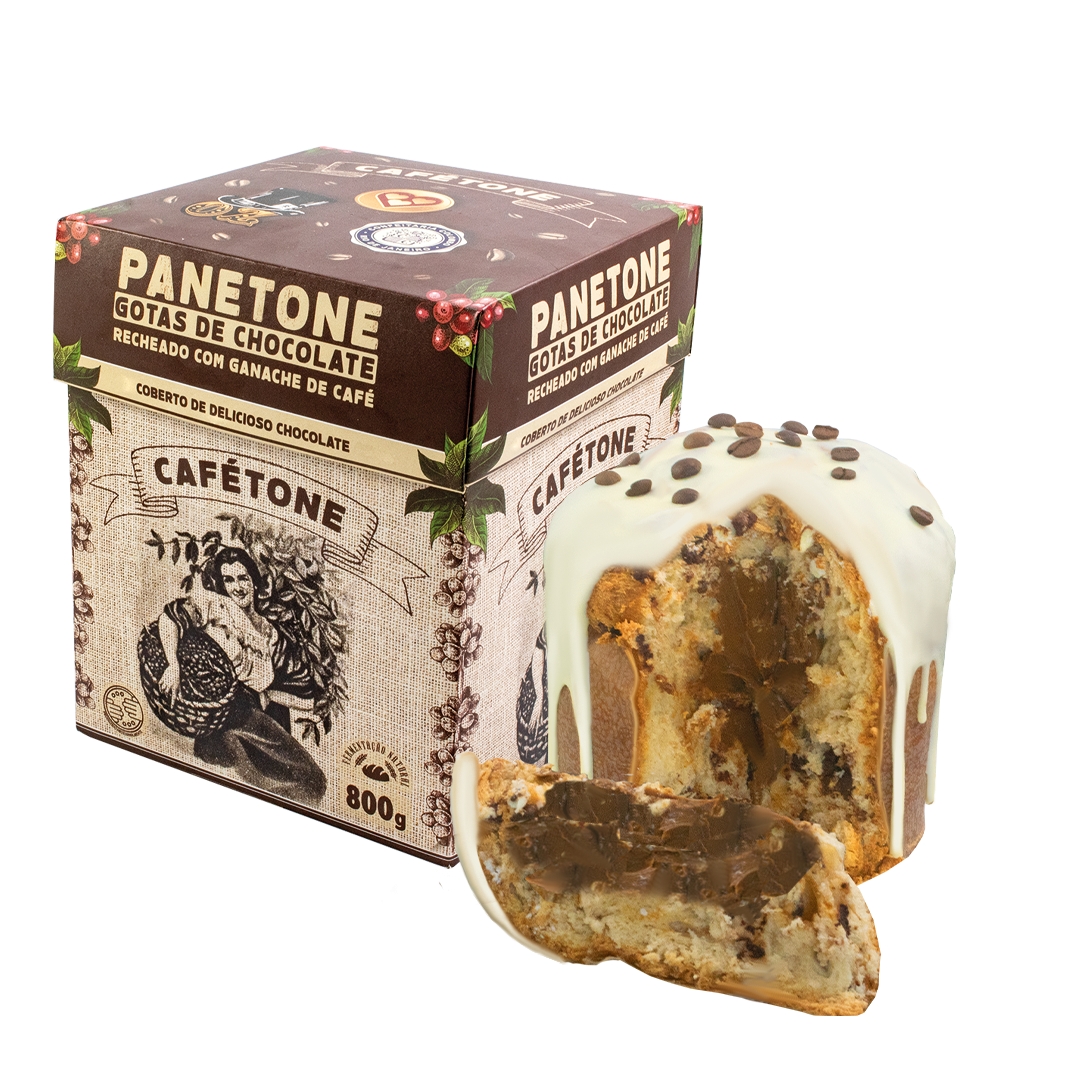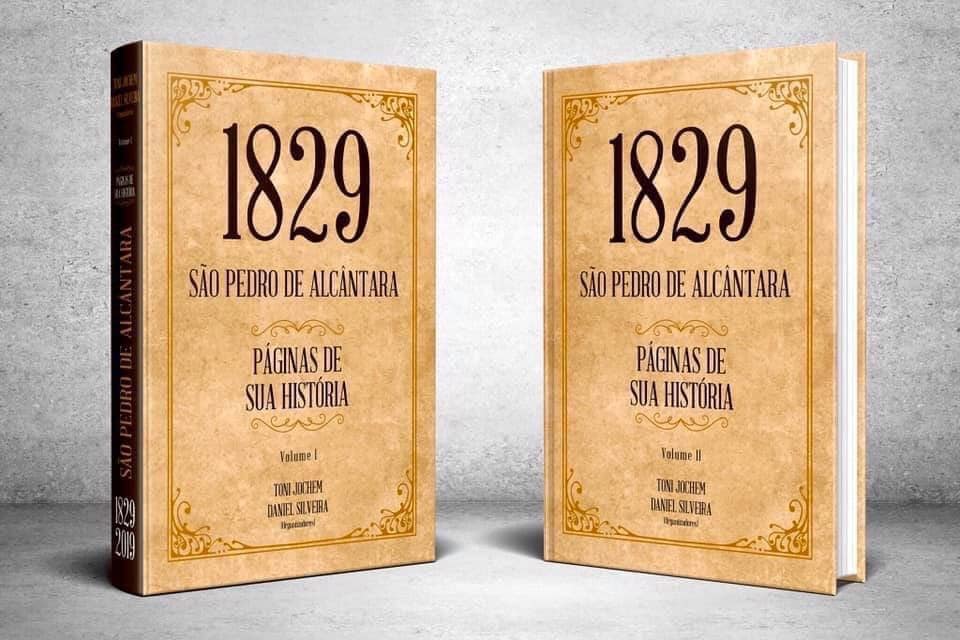As we pray for the eternal rest of Pope Francis, in gratitude for his fruitful apostolate, let us consider who might replace him in a future pontificate. The Catholic Church is an elective monarchy; our leader must be elected by the College of Cardinals and will govern Catholics until the end of his days.
In recent months, Pope Francis’ health has been a recurring concern in the Vatican, generating speculation about the papal succession and the future of the Church. Although the pontiff has shown resilience, the ecclesiastical scene is changing in light of the possibility of an upcoming conclave that could define different directions for the Holy See.
Continuity and Transformation
Pope Francis, since the beginning of his pontificate in 2013, has promoted significant changes within the Church, appointing new cardinals and bringing a more inclusive pastoral perspective. Recently, the reappointment of Cardinals Giovanni Battista Re and Leonardo Sandri to their respective posts in the Roman Curia reinforced the Pope’s intention to maintain a line of continuity in the leadership of the Church, ensuring institutional stability even in the face of uncertainty about his health.
With the increase in the number of cardinals created by Francis, there is speculation that a successor aligned with his reformist vision could be chosen. However, more conservative sectors within the College of Cardinals are also articulating their interests, which could generate a balance between different theological currents in the next conclave.
Possible Successors
The main names considered for the papacy include:
- Luis Antonio Tagle (Philippines) – A favorite for years, he is aligned with Pope Francis’ pastoral and missionary vision and well regarded in Asia.
- Pietro Parolin (Italy) – Current Vatican Secretary of State, he is a moderate name with strong diplomatic influence.
- Fridolin Ambongo (Democratic Republic of Congo) – President of the Symposium of Episcopal Conferences of Africa and Madagascar, could represent a step forward for the African Church.
- Marc Ouellet (Canada) – Influential and traditionalist cardinal, former prefect of the Congregation for Bishops.
- Peter Erdö (Hungary) – Conservative and influential in Europe, he has already been considered a possible pope in previous conclaves.
- Matteo Zuppi (Italy) – Linked to the Community of Sant’Egidio and defender of inter-religious dialogue and peace.
The conclave will be held in the Sistine Chapel, with 120 cardinal electors (under the age of 80). The chosen one will need to obtain two-thirds of the votes and, historically, voting can last days or even weeks.
The choice will depend on the balance between progressive and conservative currents within the College of Cardinals. There is a clamor for a pope capable of reforming the Curia and facing modern challenges, such as the crisis in vocations, financial scandals and the Church’s relationship with the secular world.
Could this happen in the next conclave?
Yes, it is highly likely that the next pope will not be one of the media and analysts’ favorites before the conclave. This is due to several factors:
- Opposition between different blocks
- The College of Cardinals is divided between progressive sectors (close to Francis’ line) and conservatives (who want a change of direction). This could open space for an unexpected consensus candidate.
- Cardinals unknown to the public
- Often, the cardinals most cited by the media are not necessarily the most influential within the conclave. A less visible name could gain support in the first elections and surprise.
- Changing votes during the conclave
- Some cardinals enter the conclave with a candidate in mind, but change their minds as they realize the viability of other names or after internal dialogues.
This dynamic occurred in the last conclaves:
- John Paul II (1978) : Not the favorite; Cardinal Giuseppe Siri was widely expected to win. Wojtyła was elected because of his desire to strengthen the Church in Eastern Europe during the Cold War.
- Benedict XVI (2005) : Although influential, he was not seen as an obvious choice due to his advanced age. However, his election came quickly due to the respect he had within the Church.
- Francis (2013) : Cardinal Angelo Scola was the press favorite, but Jorge Bergoglio emerged as the consensus candidate within the conclave.
Post-Francis Scenario
Regardless of who is elected, the next pope will inherit complex challenges, such as the issue of abuse within the Church, the relationship with the secularized world, and the need to renew the engagement of the faithful. Francis’ successor will have the mission of balancing tradition and modernity, maintaining the unity of the Church in times of rapid social and cultural transformation.
The future of the Church is therefore in the hands of the College of Cardinals, which in a forthcoming conclave will decide whether to continue Francis’ reformist line or seek a return to a more traditional model of ecclesiastical government.
Want to follow the Cardinals and the possible future Pope? Visit https://collegeofcardinalsreport.com/cardinals/



